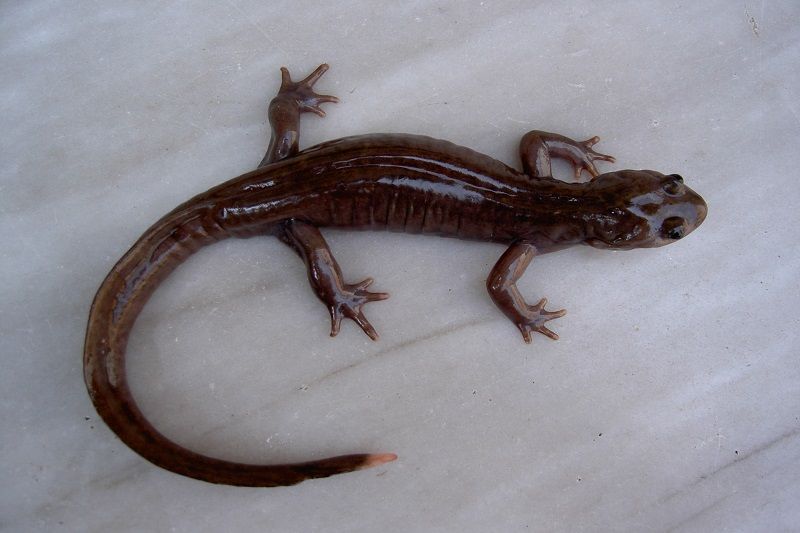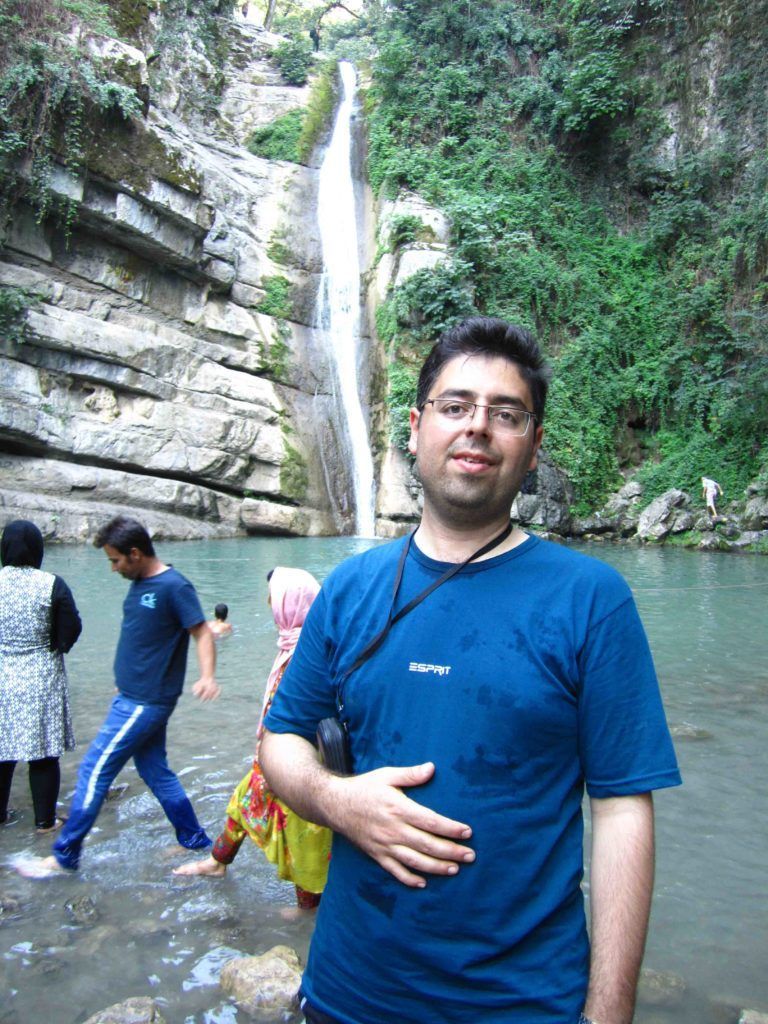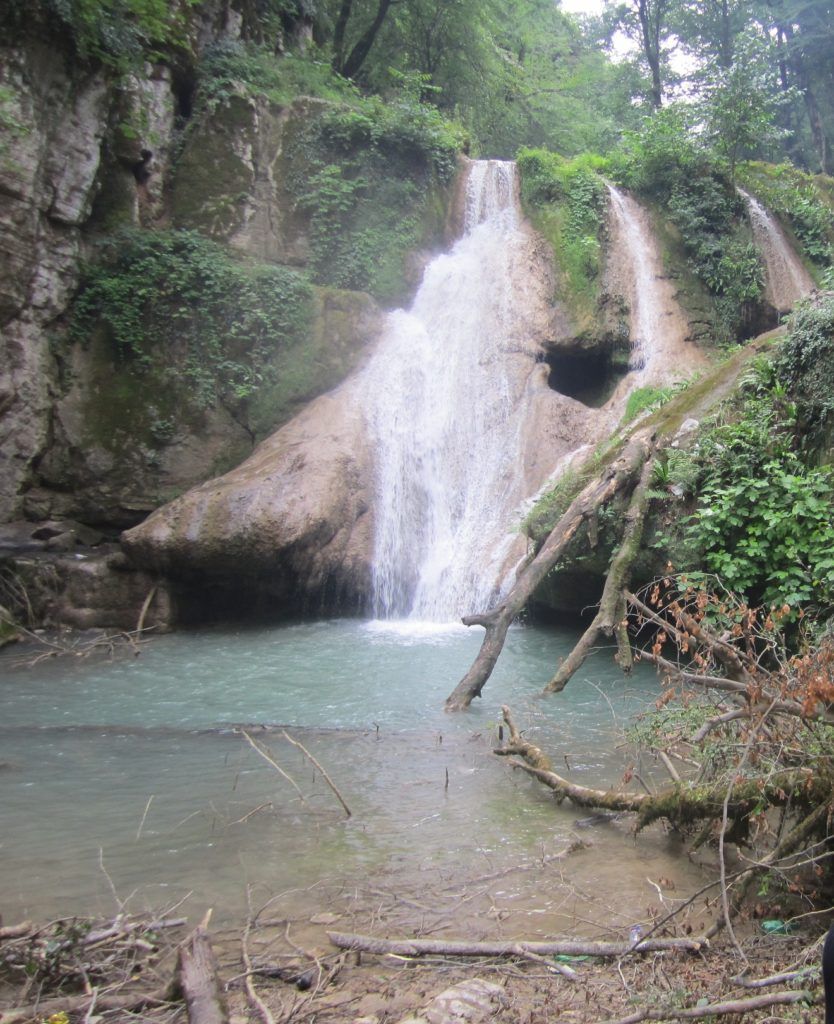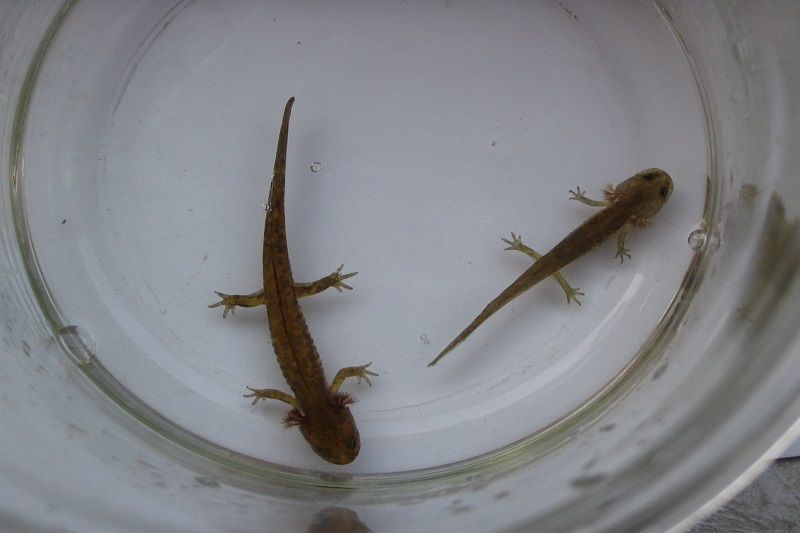Saving salamanders from extinction

There are only 150 Gorgan cave salamanders left in the wild
Funding for this project has now finished
Small populations of salamanders under threat
Amphibians around the world are facing catastrophic declines, particularly from fungal diseases and the pet trade, but also from habitat loss and climate change too. Threats to habitat are particularly dangerous when the animal in question is only found in a very small area. That means any impacts could potentially wipe out the entire population. When that is likely, one of the few courses of action we have is to breed more animals in captivity and release them into new areas that are suitable.


Gorgan cave salamanders are one such species facing this problem. They’re only found in a very small region of the Hyrcanian forest in Iran, in few pools in the Golestan province. It’s a beautiful site but with such a limited range and with as few as 150 left in the wild, they need all the help we can give them. Saeed Hosseinian is well-placed to give them the help they need. With funds from PTES, Saeed investigated the needs of these Critically Endangered salamanders. He sampled the water in different pools in Golestan province, and the streams where larvae of the species are also found. Saeed has been able to work out exactly what conditions they need. Now he’s ready to take the next steps.
Boosting breeding efforts
Saeed knows from his previous work that there are other suitable ponds in the Hyrcanian forest region where the Gorgan Cave salamanders could live. But moving adults from the pool when there are so few of them is not an option. However, taking salamander eggs is.
Saeed’s urgent rescue programme will be carried out in two stages. Firstly eggs will be collected from the wild and transferred to artificially controlled ponds in a natural habitat. Once the larvae have hatched they will be moved to new ponds in the wild by local rangers and conservationists. This stage is very important, because the conditions in the natural ponds will be measured and then Saeed can replicate them in specially built breeding facilities nearby. This is the second part of the project, which is critical. In this stage, juvenile and adult pairs will be transferred to artificial aquaria in a laboratory. This is known as ex-situ conservation – literally off site. The salamanders, which will be swabbed for fungal diseases, including chytrid which is devastating populations of amphibians worldwide, will then be taken into captivity to breed from. Five glass aquaria will be provided for the salamanders, each fitted with an electric water pump, waste pump, and several rocks and aquatic plants from their natural pools for egg attachment. Water temperature will be set by a refrigerator motor and regulator which will maintain temperatures at the same levels they’re found in natural ponds in the wild (16 – 24 °C).

Once the salamanders lay eggs in the captive-breeding facility, the eggs will be transferred to cold aquaria, because in warmer waters their eggs are at risk from fungus pathogens. Once the eggs hatch and the juveniles are ready, they’ll be reintroduced to the new ponds in wild. This combination of in-situ and ex-situ conservation is the only hope for this species. Developing a new amphibian husbandry programme in controlled conditions is the only way to rapidly produce more individuals to release into new ponds in the wild, thereby increasing the number of populations. This is the first captive-breeding centre for amphibians in eastern Iran and we hope it will save many more amphibian species from extinction in the future.
Thank you to all our donors who helped us fund this work. You can help us support more projects like this with a donation today:
